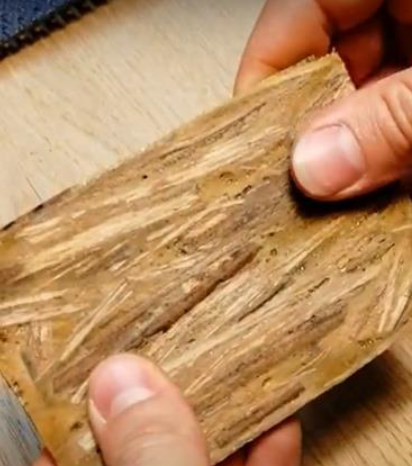RESEARCH
- Algae as a Feedstock
- Renewable Polyurethanes
- Bio-Loop
- Structural Bio-Materials
- Renewable Design
- Dyes and Textile
The creation of novel polymers opens up the opportunity to fabricate innovative, functional composite materials suitable for a number of different applications and to address the challenge of introducing new eco-friendly alternatives to currently used materials. Composite materials became incredibly popular for engineering applications because of their light weight, optimum strength and stiffness, and versatility. Polymer composites are nowadays amongst the most widely produced materials, with a constantly growing attention towards the use of components made of bio-based resources (i.e. biocomposites) in order to limit the environmental impact related to their production and end-of-life use. Bio-composites currently find applications in many different fields, ranging from automotive to building construction, to packaging.
However, the large majority of biocomposites are still based on petroleum-derived plastics that typically serve as the main matrix material, i.e., the larger component within the composite. A significant revolution in terms of sustainability for the composite materials industry would come with the development of fully bio-derived or renewable matrix materials. The main challenges that so far have limited the manufacturing of fully bio-derived composites include balancing production costs with performance, the overall material stability and durability, and real-life assessment of the environmental impact of such materials, including both processing and end-of-life disposing strategies. The absence of realistic bio-based materials to be used as matrix and binder within composites, pushed materials scientists to develop creative and exotic solutions mostly involving living materials. For example, yeast fermentation in the presence of carbon nanotubes or graphene produced materials combining electrical and optical properties derived from the synthetic fillers, with self-healing properties from the living cells. Mycelium materials already reached the market for protective packaging, insulation, and acoustic panels. However, almost all the existing biocomposites present poor mechanical performance that make them unsuitable for engineering and structural applications. The introduction of fully bio-degradable polymers that can serve as binders and matrices in bio-composite can solve the current unanswered need for eco-friendly composite materials that can degrade naturally at the end of their life of use. We took on the challenge of developing sustainable polymers coming from renewable materials that possess the same mechanical properties of current materials derived from petroleum. We combine them with sustainable plant materials and plant fibers coming from waste, such as bamboo, hemp, and cactuses. We collaborate with industrial partners to develop processes and formulations that are suitable for large-scale industrial production.
For example, yeast fermentation in the presence of carbon nanotubes or graphene produced materials combining electrical and optical properties derived from the synthetic fillers, with self-healing properties from the living cells. Mycelium materials already reached the market for protective packaging, insulation, and acoustic panels. However, almost all the existing biocomposites present poor mechanical performance that make them unsuitable for engineering and structural applications. The introduction of fully bio-degradable polymers that can serve as binders and matrices in bio-composite can solve the current unanswered need for eco-friendly composite materials that can degrade naturally at the end of their life of use. We took on the challenge of developing sustainable polymers coming from renewable materials that possess the same mechanical properties of current materials derived from petroleum. We combine them with sustainable plant materials and plant fibers coming from waste, such as bamboo, hemp, and cactuses. We collaborate with industrial partners to develop processes and formulations that are suitable for large-scale industrial production.